Introduction
Hot pot, a culinary delight enjoyed across various regions in Asia, particularly in China, offers a unique dining experience where friends and family gather around a simmering pot of broth, cooking an array of ingredients at their own pace. Among the myriad of delicacies that can be cooked in a hot pot, bullfrog legs stand out for their tender texture and rich flavor. However, enjoying bullfrog legs in hot pot comes with a responsibility: ensuring they are fully cooked to avoid any health risks associated with consuming raw or undercooked meat. This article delves into the intricacies of determining if the bullfrog in your hot pot is fully cooked, providing practical tips, safety guidelines, and cultural insights into this popular dish.
Understanding the Importance of Cooking Bullfrog Legs Thoroughly
Before diving into the specifics of how to check for doneness, it’s crucial to understand why cooking bullfrog legs thoroughly is essential. Raw or undercooked frog meat can harbor harmful bacteria and parasites, such as Salmonella or Trichinella, which can lead to food poisoning. Symptoms of food poisoning include nausea, vomiting, diarrhea, fever, and abdominal cramps. In severe cases, foodborne illnesses can be life-threatening.
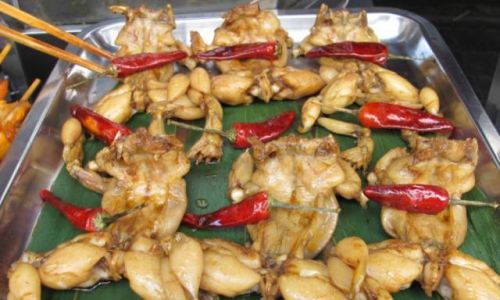
Moreover, cultural norms and food safety regulations in many countries emphasize the importance of cooking meat to a safe internal temperature. While specific guidelines for bullfrog legs may vary slightly depending on regional practices, the general principle remains the same: ensure the meat reaches a temperature that kills any potential pathogens.
Preparing the Bullfrog Legs for Hot Pot
Before adding bullfrog legs to your hot pot, there are a few preparation steps you should follow to enhance both safety and flavor:
-
Source Quality Ingredients: Purchase fresh or frozen bullfrog legs from a reputable supplier. Fresh legs should have a firm texture and a clean, slightly fishy odor (not overly pungent). Frozen legs should be free of ice crystals and should thaw properly before use.
-
Rinse and Clean: Rinse the bullfrog legs under cold running water to remove any surface contaminants or blood. Pat them dry with paper towels to prevent splattering when they hit the hot pot broth.
-
Seasoning: Lightly season the legs with salt, pepper, or your preferred spices. This not only adds flavor but also helps to draw out moisture, which can aid in the cooking process.
-
Cutting: Depending on the size of the bullfrog legs, you may want to cut them into smaller pieces for easier handling and faster cooking times.
Checking for Doneness: Visual Indicators
Once the bullfrog legs are in the hot pot, monitoring their progress is key. Here are some visual cues to look for:
-
Color Change: Raw bullfrog meat is typically a pale grayish-white. As it cooks, the meat should turn a more opaque, whitish-pink color. This color change is a good initial indicator that the meat is heating up and beginning to cook.
-
Texture: As the meat cooks, it will firm up and lose its raw, slimy texture. Cooked bullfrog legs should feel firm to the touch, with no visible raw pinkness at the center when pierced with a fork or chopsticks.
-
Shrinkage: Cooked meat tends to shrink slightly in size compared to its raw state. This is due to the loss of moisture during the cooking process. If the bullfrog legs have visibly shrunk and are no longer their original, plump shape, they are likely close to being fully cooked.
Using a Food Thermometer
While visual cues are helpful, the most reliable way to determine if bullfrog legs are fully cooked is to use a food thermometer. Here’s how to do it:
-
Insertion Point: Insert the food thermometer into the thickest part of the leg, avoiding any bones or fatty areas which could give inaccurate readings.
-
Target Temperature: The internal temperature of the cooked bullfrog legs should reach at least 145°F (63°C). This temperature is considered safe for consuming poultry and similar meats, and it is a reasonable guideline for bullfrog legs as well, given their similar texture and potential for harboring bacteria.
-
Reading the Thermometer: Wait for the thermometer to stabilize and read the temperature. If it’s below 145°F (63°C), continue cooking the legs until they reach the desired temperature.
Cooking Time Estimates
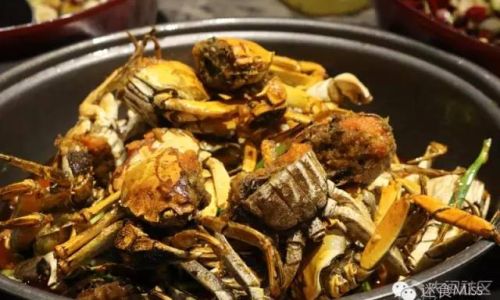
Cooking time for bullfrog legs in a hot pot can vary depending on several factors, including the initial temperature of the broth, the size and thickness of the legs, and the intensity of the heat. Here are some general guidelines:
-
Boiling Broth: In a vigorously boiling hot pot broth, small to medium-sized bullfrog legs can take anywhere from 3 to 5 minutes to reach a safe internal temperature. Larger legs may require up to 7-8 minutes.
-
Simmering Broth: If the broth is simmering rather than boiling, cooking times will be longer. Expect to cook small legs for 5-7 minutes and larger legs for up to 10 minutes.
-
Thickness Considerations: Thicker legs will take longer to cook through to the center, so always check the thickest part with a thermometer to ensure doneness.
Cultural Variations and Preferences
In different regions where bullfrog legs are a popular hot pot ingredient, there may be slight variations in cooking preferences and doneness standards. For instance, some cultures may prefer a slightly softer, more tender texture, while others may favor a firmer, more chewy bite. Despite these preferences, the underlying principle of ensuring food safety remains constant.
In some areas, it’s customary to cook bullfrog legs until they are almost falling apart, while in others, a more medium-rare texture might be sought after. However, it’s important to strike a balance between cultural preference and food safety. Always err on the side of caution and cook the legs until they reach a safe internal temperature, even if it means sacrificing some of the desired texture.
Tips for a Successful Hot Pot Experience
To ensure your hot pot experience with bullfrog legs is both enjoyable and safe, here are some additional tips:
-
Use a High-Quality Hot Pot: A well-made hot pot with a sturdy base and tight-fitting lid can maintain a consistent cooking temperature, ensuring even cooking.
-
Control the Heat: Adjust the heat as needed to maintain a gentle boil or simmer. This will help prevent the broth from evaporating too quickly and ensure the bullfrog legs cook evenly.
-
Stir Occasionally: Gently stir the bullfrog legs occasionally to prevent them from sticking to the bottom of the pot and to ensure they cook evenly on all sides.
-
Monitor the Broth Level: Keep an eye on the broth level and add more if necessary. A sufficient amount of broth ensures that the legs are fully submerged and cooking evenly.
-
Serve Promptly: Once the bullfrog legs are cooked, remove them from the hot pot and serve immediately to prevent overcooking.
Conclusion
Enjoying bullfrog legs in hot pot is a delightful culinary experience that combines the warmth of communal dining with the rich, savory flavors of cooked frog meat. However, it’s crucial to ensure that the legs are fully cooked to avoid potential health risks. By following the tips outlined in this article—checking for visual cues, using a food thermometer, and understanding cultural variations—you can enjoy a safe and satisfying hot pot experience. Remember, food safety should always be a top priority, even when indulging in the most delicious of culinary delights. Happy cooking and eating!
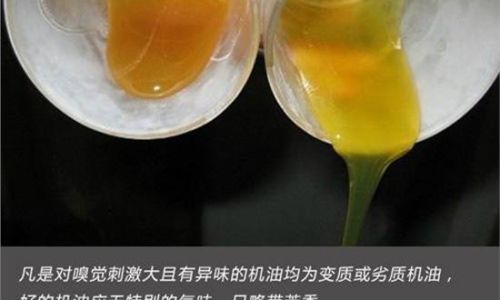

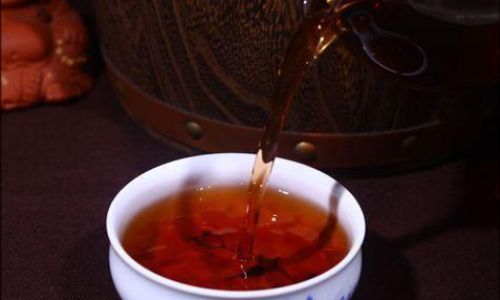

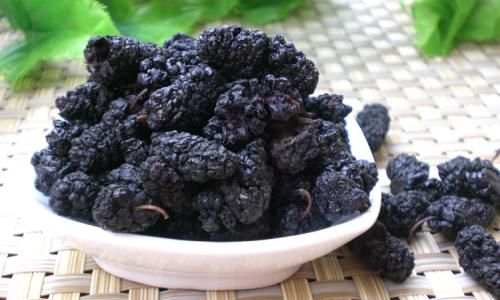
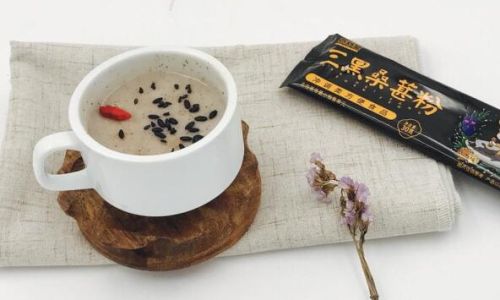
0 comments